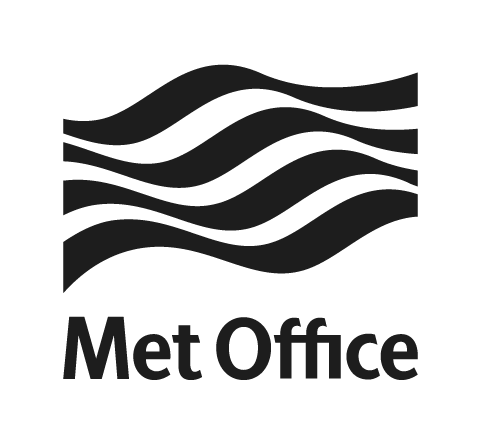Requirements summary#
The following lists some of the major requirements that need to be met by the LFRic Infrastructure. It should be noted that some of these requirements underpin other complex requirements that are not described in detail, such as the need for a comprehensive diagnostic system.
Where implementation is substantially incomplete, or where there are notable omissions, the current status of the LFRic implementation in meeting these requirements is also described. Otherwise, it can be assumed that the requirement has been met to a certain degree, noting that further enhancements in some capabilities are anticipated, but not documented here.
Support for fields on global meshes, rectangular limited area and bi-periodic meshes, and lateral boundary condition (LBC) meshes. In principle, LFRic can support any mesh. In practice, the global mesh support is currently limited to the cubed sphere. Support for LBC meshes is in development.
Support for fields on meshes made up of columns of cells which are quadrilateral in the horizontal.
Support for finite element function spaces with higher order functions. This means the library must allow configuration of and access to the basis functions for the field, and the ability to store field data comprising more than one data point on more than one mesh entity (vertices, edges, faces or cell volumes).
Support for finite difference scalar and vector fields. Currently this support is provided by using a subset of the finite element implementation.
Support for organising and grouping fields as required by applications. For example, the LFRic atmosphere requires support for collections of fields of different types and support for tiled fields.
Distributed memory support is required based on horizontal domain decomposition with support for halos and halo exchange operations. Currently, LFRic includes support for partitioning a global cubed-sphere mesh, a limited area mesh and a bi-periodic mesh into rectangular meshes.
Support is required for different looping strategies to enable an operation over all, or a subset, of data points or cells in a field. LFRic provides the ability for kernels to operate on columns of cells (and the data points they contain), or individual levels (for certain field types). PSyclone support for the latter is in development.
Fields require support for halos of any depth. Support is required for looping over data points or on data on cells up to different halo depths. Currently this is supported, but all fields in an application are partitioned with the same depth of halo even if a smaller halo is needed for some fields.
To allow for concurrent communication and computation, support for looping over data on cells within or outside so-called “inner halos” is required. This requirement and implementation is described in detail in the distributed memory section.
For kernels that operate on continuous fields (those in which data points are shared between neighbouring columns), support is required for looping strategies (such as “colouring” or “tiling”) that ensure concurrent shared-memory operations on the same shared data point are prevented.
Support for the GungHo dynamics is required. GungHo is a mixed finite element scheme, therefore support for placing of fields with different function space types on the same mesh is required.
Support for fields on hierarchical meshes. Each mesh in the hierarchy covers the same geographical domain, but the resolution of the lower resolution meshes is an integer multiple of the higher resolution mesh. For example, if the resolution of the higher resolution mesh is 10km then the lower resolution mesh may have a resolution of 20km or 30km. If the two meshes are aligned, then each cell in the lower resolution mesh would contain \(2 * 2\) or \(3 * 3\) cells of the higher resolution mesh. The hierarchy is intended to support multigrid solvers, and will enable easier transformation of data between different science schemes running at different resolutions, where interpolation can be done local to a distributed memory domain.
Support for mapping stencils of various shapes and depths to allow operations on cell data that are dependent on data in nearby cells.
Support for output and input of field data to and from files, to underpin a requirement for reading and writing dumps, reading ancillary files and writing diagnostic data.
Support for basic infrastructure such as clocks and calendars for managing time-stepping and long runs, and for log messages to provide progress messages to output files.
Support for interfacing to external model couplers such as OASIS.

